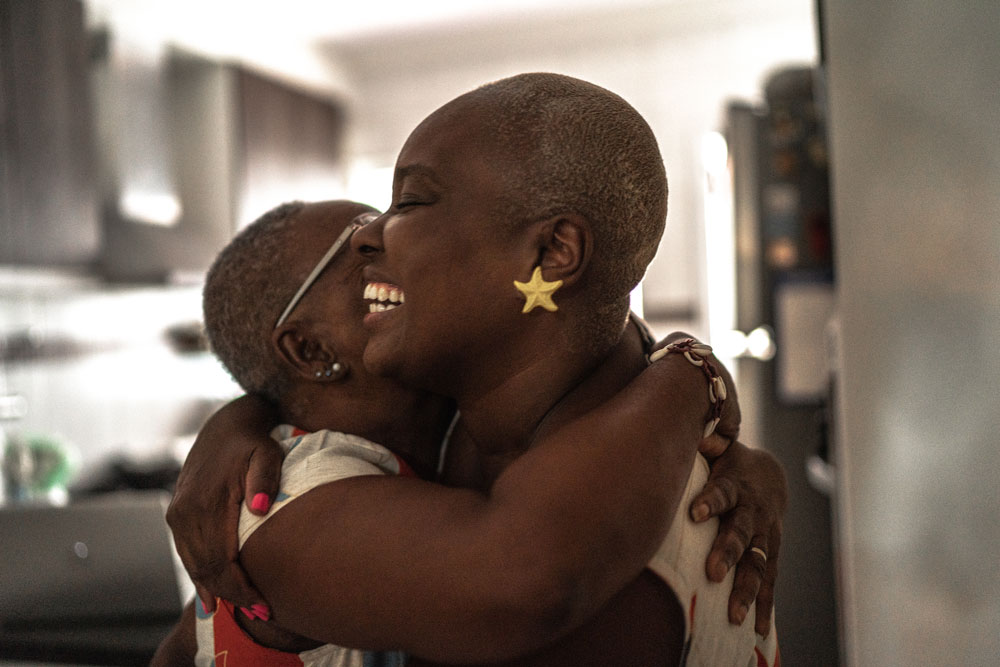Getting to ‘No’ fast is more important when you are small
Drug development is a complex business. Historically, less than 8% of product candidates are reported to have made it from Phase I to market. One effective way to mitigate risk is to weed out weak and average product candidates and focus resources on lead products and follow-ons with the best chances of success. However painful, small and emerging companies need to pause or terminate mediocre assets and reprioritize their portfolios as early as possible during development.
If warning signals are clear after you’ve spent $10 million and 10 months on a clinical trial, don’t wait until you have spent $20+ million and 18 months to cut the program. It takes near-constant vigilance to preserve resources when you are small. Here are three strategies that can help.
1. Invest in a comprehensive preclinical program
Vet preclinical work well. Even if you hired a crack internal team, engage an external expert to perform a gap analysis of your preclinical data program, then fill the gaps. Evaluate your preclinical work with ruthless objectivity, because you can be sure that investors and companies shopping for assets will do the same.
The money you invest in preclinical due diligence will increase your asset’s value, whether you develop it yourself, partner it, or sell it. Do not put off toxicology work: The more you can get done early, the better. Perform pharmacological modeling and simulations of patient response because savvy investors and potential buyers will look for that extra step as the hallmark of a quality program.
The tools and methods for crunching numbers are better today than just 10 years ago and allow companies to predict outcomes with greater confidence and success. Choose an animal model that predicts the human response, and set aggressive goals for beneficial effects, to help identify product candidates that are more likely to induce a substantial response.
If your preclinical results don’t indicate an exceptional product, you have a valuable opportunity to terminate a suboptimal asset early and invest in a better one.
2. Quantify the unmet need early
To understand the market for a new drug, you need to conduct literature searches,
prepare a detailed competitive analysis, and interview patient advocacy groups (PAGs). PAGs understand commercial viability and can provide unique insights that cannot be gained with other methods.
Probe the data. For example, if your drug targets a solid tumor indication in which 40% of patients do not respond to the current standard of care (SOC) identify and characterize that 40%. Determine its potential revenues. Could your product give a return on investment in that slice?
If disciplined and diligent in studying the market, companies can gain an advantage. For example, plan and initiate natural history and observational studies during preclinical development, not during laterstage clinical trials.
3. Use innovative trial designs to pick winners (and losers)
People have talked about adaptive trials and master protocols (which include basket, umbrella, and platform trials) for years. Most of the uptake has been in oncology, but these flexible, innovative designs could make trials in other therapeutic areas more efficient and help biotech companies with strategic decision-making.
In an exploratory Phase I/II basket trial, you can test a candidate product or combination of products in patients with multiple diseases driven by the same genetic aberration or pathway. An integrated protocol can facilitate enrolling the arms independently and pooling the safety data.
After reviewing efficacy signals, you can drop or pause arms that look weaker, focusing your resources on the condition for which your drug has the most powerful effects. These changes to the study don’t require protocol amendments—the leading cause of clinical trial delays—because they are built into the design of a basket trial. If one arm looks promising but enrollment is slow, park that indication until you have a secure foothold in another.
Terminating products in Phase III development is the most expensive way to prune a portfolio, yet 42% of Phase III trials fail. That’s a luxury biotechs can’t afford. Killing an asset or indication in Phase II versus Phase III can save significant development costs and allows a company to redirect funds toward a more effective, commercially viable product.
Never stop bioteching.
Let Parexel Biotech connect every step of development with you. Get the flexibility and adaptability it takes to #NeverStopBioteching. Connect with one of our experts for further insights.






